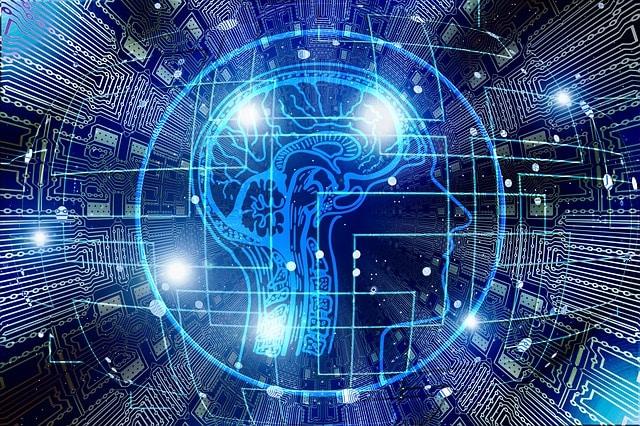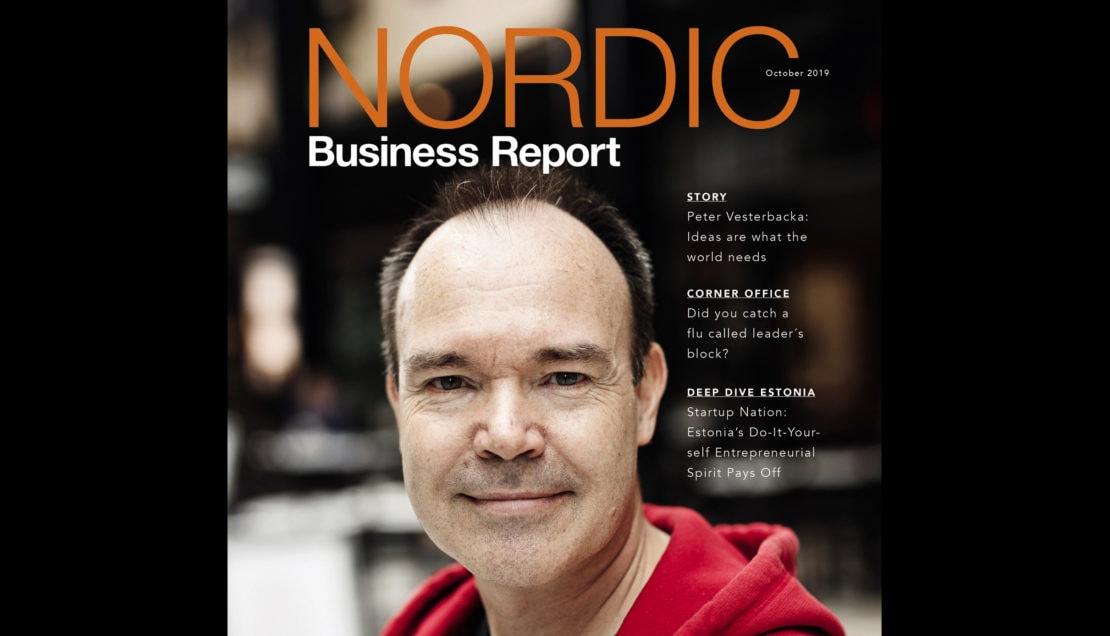26Sep2019
Since the days of early cinema, we’ve toyed with the notion of what mechanical adjustments could do to enhance the human body. And while those theories were largely relegated to the realms of fantasy throughout the 20th century, things are a little different in 2019.
Biomedical advancements have given us a new understanding of what it means to be human. Luke Skywalker might have pioneered the concept of a robotic hand with all the functionality of a real extremity, but it’s contemporary scientists who’ve made that a reality.
Here are just a snippet of the mind-boggling advancements which are on the horizon:
- The artificial pancreas. Working in much the same way as the organ, this would monitor blood sugar levels and release insulin accordingly.
- Additional senses. Ever wanted to be able to detect potentially harmful radiation in the atmosphere around you? By 2035 that’s expected to be possible, all thanks to microchip which can be inserted under you skin.
- Bionic eye. Like something out of Black Mirror, this eye-upgrade would allow you to identify anyone via facial recognition technology.
Excited to see what the future has in store? Take a quick look at all the other amazing inventions we could soon be experiencing:
https://uk.rs-online.com/web/generalDisplay.html?id=i/the-future-of-the-bionic-body
Where will we go next?
Over the past few decades, we have seen a drastic increase in technological developments, particularly in the medical sector. The development in bionics (prosthetics and biological implants) is no exception. The world today is far more accommodating and accessible for people with all kinds of disabilities and illnesses, but where will we go next? Many of the current predictions and developments follow a concept that many will be familiar with; replacing and repairing damaged body parts with tech that allows for more freedom and less maintenance.
3D printing
The rise of 3D printing has been innovative for many industries, not least the bionic sector. It is hypothesized that 3D printing of arteries and simple organs may be possible by 2030 and that with further technological research and development more complicated organs could follow. There is also a possibility of making soft implants which will encourage living tissue to grow and repair itself, removing the need for replacements at all.
Complex organs
While 3D printing fully-functioning complex organs may be further into the future, developments have been made to improve illnesses such as diabetes and heart disease. For example, De Montfort University is working on an implantable device which would monitor glucose levels in the blood and would directly increase or decrease the insulin release rate from inside the body in real-time. Regarding heart disease, SynCardia Systems has developed the only FDA approved temporary, battery-powered, synthetic heart currently used in human implantation. Much like an organic human heart, the SynCardia TAH has two ventricles and four valves for pumping blood around the body and is made of a biocompatible plastic to ensure strength, durability, and assimilation by the body.
Five medical teams around the world are also working on prototypes for bionic lungs. As it stands, those facing lung failures have few options, and waiting on a transplant list can often take too long. Bionic lungs, such as the can-sized BioLung developed by the University of Michigan, offer an alternative geared towards long-term use. Thus far, it has been tested successfully on sick sheep and proves to be a better alternative to extended time on ventilators.
Prosthetics and bionic limbs
Prosthetics have been around for a lot longer than you may expect, and have, obviously, only improved over the years. Modern prosthetics are starting to heavily incorporate electronics, with a Thought-Controlled Robotic Leg expected to reach commercial status in 2018. The prosthetic would use sensors to detect electrical signals sent between leg muscles and brain tissue and transfer them to the device, which would then adjust and move to suit the wearer’s desired movement.
Prosthetics may not even be needed in the future, as Washington University scientists are working on a ceramic powder to print guides for bones to grow along, which could be put to commercial use by 2022. Using specially created inkjet printers and sophisticated software, the ceramic powder effectively creates blueprints for organic tissue to follow and then dissolves safely in the body.
Improving the senses
Bionic developments may even go so far as to improve our senses by 2035. Especially useful for those with sight and sound issues, neuronal implants could help us detect signals that we can’t unaided; such as radio waves and x-rays, for example. Expanding our senses could also lead us to discover new colours that other creatures can see which we currently cannot.
Research and development have clearly never ceased; indeed, it’s full steam ahead towards a bright, inclusive, imaginative future!
Photo: Pixabay


